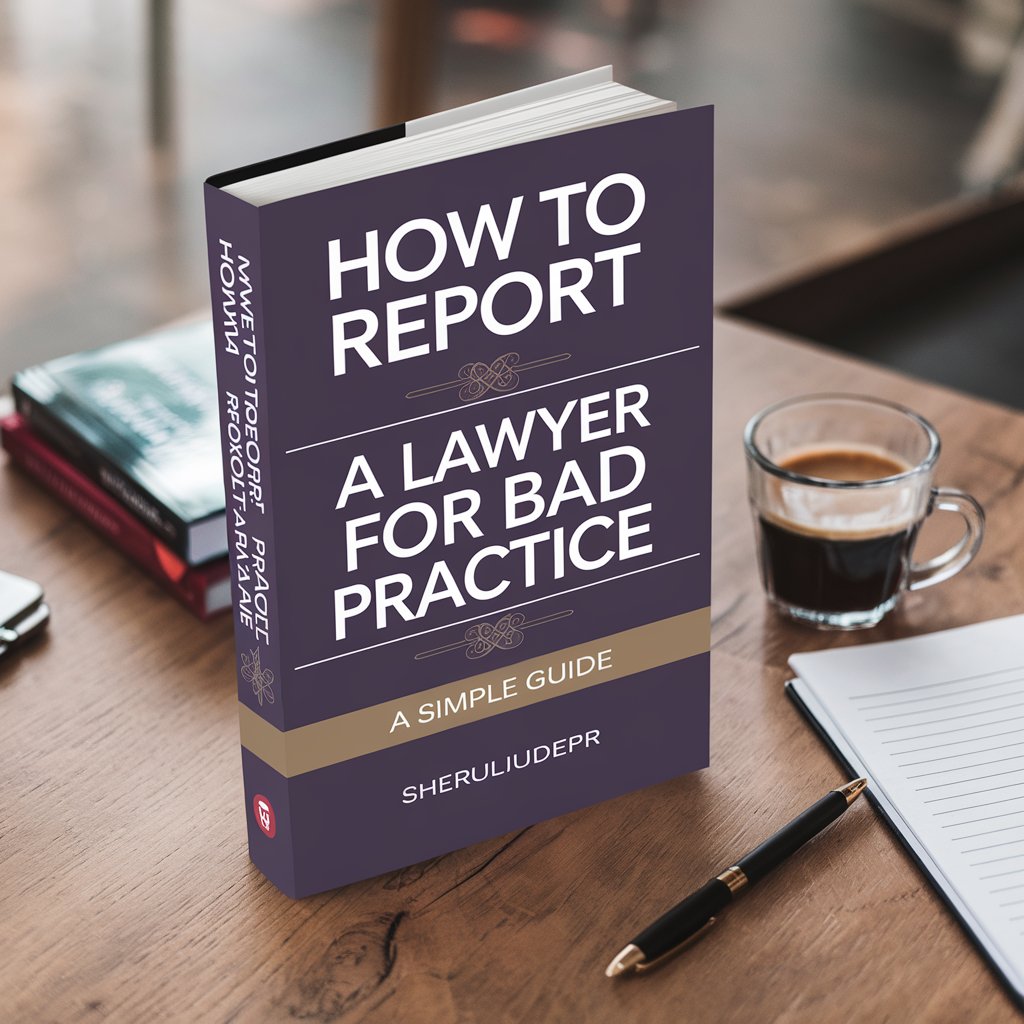
“Is” a small word that holds a lot of power in our sentences. It connects ideas and tells us what things are or how they relate. When we say, “The sky is blue,” we are using it to show that the sky and its color are linked. This simple word helps us express facts about the world around us.
It also important in asking questions. For example, when we ask, “Is it raining?” we are checking if something is true. Understanding how to use it can make our speaking and writing clearer. Let’s explore more about this little word and how it helps us every day!
The Power of it in Sentences
It helps us describe things in many ways. We can use it to share facts. For example, “The sun is bright.” This tells everyone how the sun looks. Simple sentences like this are easy to understand and very useful.
We also use it to talk about feelings. When someone says, “She is happy,” we learn about her emotions. This word helps us share our thoughts and feelings with others.
Here are some ways it makes our sentences powerful:
- It helps us give facts.
- It connects ideas.
- It shows relationships between things.
- It helps us express feelings.
How it Helps Us Ask Questions
Asking questions important in learning. The word it helps us do that. When we want to know something, we can start with it For example, “Is this your book?” This makes it clear we are looking for information.
Questions can be about anything. We can ask about places, people, or even things. When we say, “Is it lunchtime?” we want to know the time. Using it makes our questions easy to understand.
- Examples of questions using it:
- Is it going to rain today?
- Is your friend coming over?
- Is this the right way to school?
Common Mistakes with it and How to Avoid Them
Even though it seems easy, people make mistakes when using it. Sometimes, we forget to use it when we need to. For example, saying “The dog happy” is not correct. We should say, “The dog is happy.”
Another common mistake is using it with plural nouns. For example, “The dogs is barking” it wrong. It should be “The dogs are barking.” Knowing when to use it or “are” helps us speak correctly.
To avoid these mistakes, remember:
- Always use it with singular nouns.
- Use “are” with plural nouns.
- Check your sentences to make sure they make sense.
Understanding it and how to use it correctly helps us become better communicators. By practicing, we can share our thoughts clearly and confidently!
Fun Facts About it You Didn’t Know
Did you know it has an interesting history? The word comes from Old English, and it has been used for many centuries. People have relied on it to share ideas and describe the world.
Another fun fact is that it changes slightly in different languages. In Spanish, for example, they use it Learning how it translates can help us connect with other cultures and languages. It shows that even small words can have a big impact!
Here are some fun facts:
- It is one of the most common words in English.
- It is used in many famous quotes and sayings.
- The word helps us in storytelling.
Using it in Different Tenses: A Simple Guide
Understanding how to use it in different tenses can make our language skills stronger. In English, it is present tense, meaning it describes what is happening now. For example, “He is playing soccer.”
When we talk about the past, we use “was.” So, we would say, “He was playing soccer.” This shows that the action happened before now. Learning these differences helps us tell stories better.
Here’s a quick guide:
- Present Tense: “She is reading a book.”
- Past Tense: “She was reading a book.”
- Future Tense: “She will be reading a book.”
The Role of it in Writing Clearly
Writing clearly is very important, especially in school and work. it helps us create sentences that make sense. When we write, we want our readers to understand our message easily. Using it correctly helps us achieve that.
In essays or reports, we can use it to state facts. For example, “Water is essential for life.” This gives the reader clear information. Avoiding unnecessary words can also help our writing be more direct.
Here are tips for using it in writing:
- Use it to connect ideas clearly.
- Keep sentences short and simple.
- Always check for mistakes.
- Practice writing with it in different contexts.
By focusing on it we can improve our writing and communication skills, making it easier for others to understand us!
Conclusion
The word it may be small, but it has a big impact on our language. It helps us connect ideas, ask questions, and share our thoughts. By using it correctly, we can make our conversations and writing clearer. Remember, every time you say it you’re adding strength to your sentences!
Learning about it just the beginning. As we practice using it, we can become better communicators. Whether talking with friends or writing stories, it will always be there to help us. So keep exploring the magic of language, and have fun using it in your everyday life!








